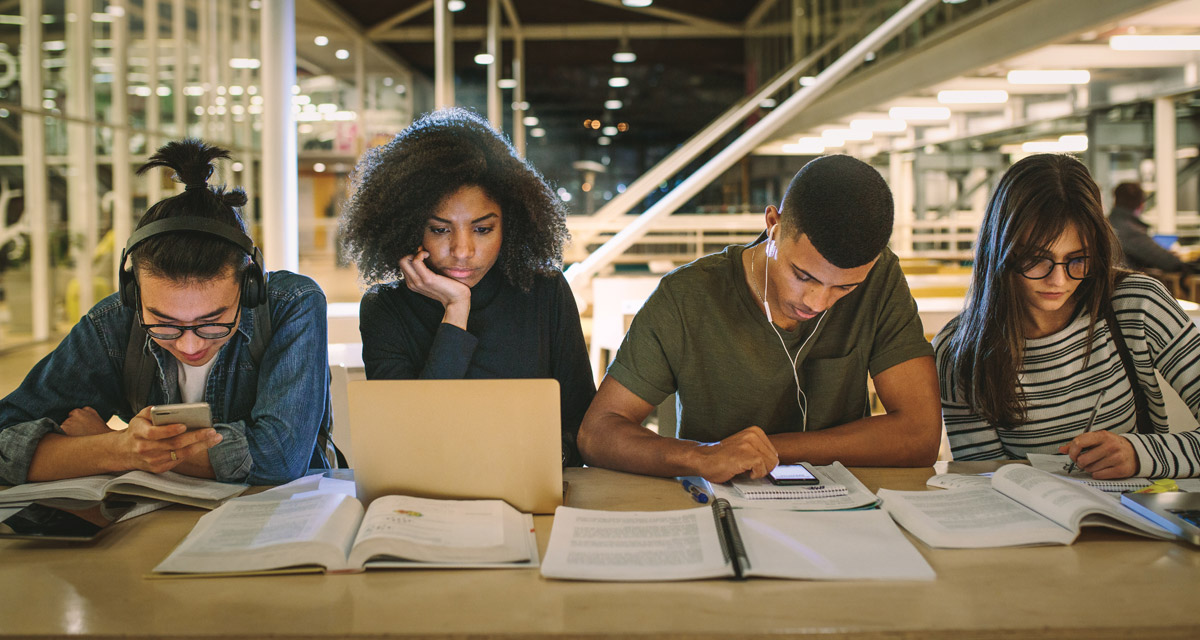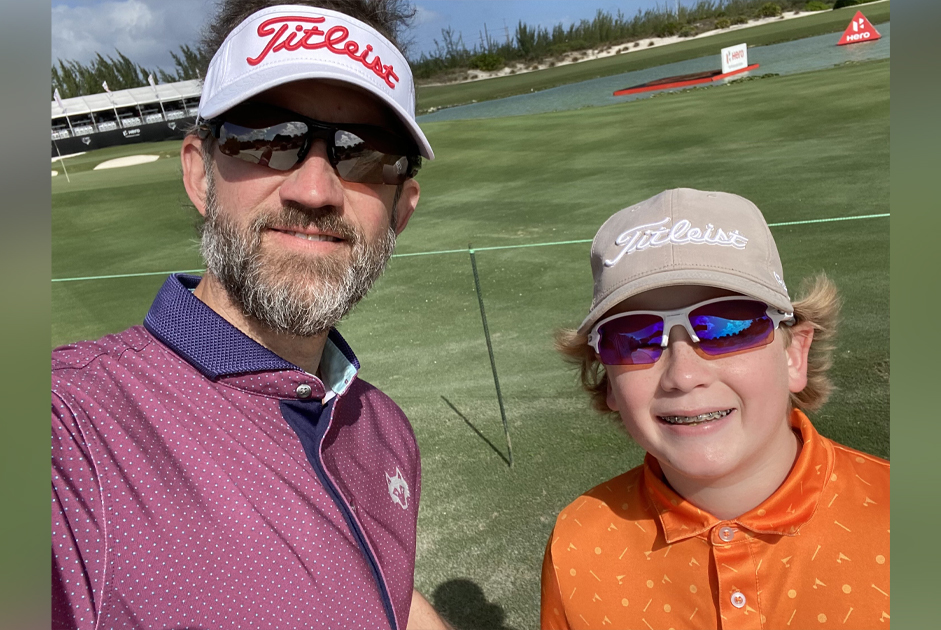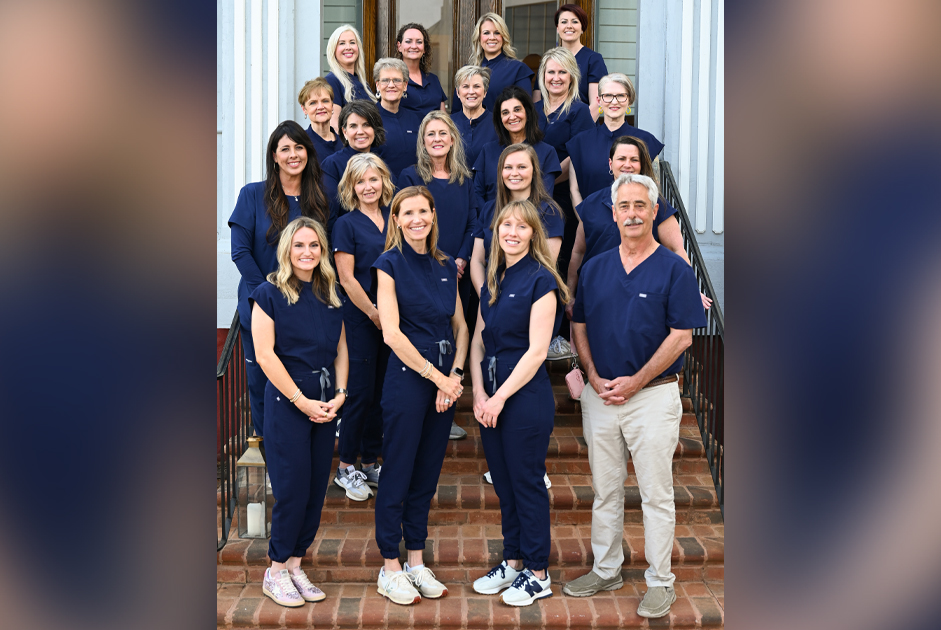Osmosis! Ah, wouldn’t it be wonderful to have the superpower to receive knowledge just by merely touching a book? Instead, the number of pages in a chapter or the total number leads to an overwhelming feeling when the assignment is not your strength. Suddenly, the villain “Procrastination” overtakes your time, and suddenly several excuses form into a reasonable answer. “Yes!” you tell yourself, “I will start later,” with no defined date to begin.
What every learner needs to know is not often taught in school. The rules of understanding and processing information require knowledge of various strategies that will either work or be ineffective. The process takes time, sometimes a tweak here and there. The secret is you already have several superpowers. You need to figure out what they are and how to use the gift!
Hear It and Understand
The individual, who learns by listening tends to have a photographic memory, does not enjoy taking notes, or sitting down to read chapter after chapter. Auditory learners retain information most easily by hearing and repeating things, unlike verbal learners.Almost like breathing, the retainer of information finds comfort by sitting in a lecture or watching a film, observing demonstrations to learning a new language. At times, the gift of listening comes with one problem; concepts are so simple that causing distractions can often label this individual as a troublemaker.
By knowing you retain information by listening, 75% of a lecture, the following suggestions will help you succeed in a classroom.
- Find a quiet area without music, television, and conversation.
- Sit away from areas where noises may enter the classroom, such as windows and doors.
- Never miss a lecture or tutorial.
- Use audiobooks, multimedia applications, and tape recorders as necessary tools. Talk through writing assignments by brainstorming, writing, and editing.
- Include spaces in notes to add details.
- Review notes, directions, and answers auditorily (even if you mouth the words) and convert pictures through verbal discussions.
- To improve memory, create rhymes and jingles. Repeat auditorily.
See It and Understand
The individual who learns by seeing can remember when using images, colors, maps, and words. A visual style learner may always recognize a face, be detailed-oriented, and consider yourself an avid reader. And, perhaps, you keep a notebook in your purse or pocket at all times to take notes or record a thought. Roughly 65% of all people need visual aids to learn. While lectures are difficult to follow for long periods, there are numerous ways to take advantage of your gifts!
- Choose a seat near the front of the classroom to focus your attention and clearly see the visual aids.
- Learn the Cornell-Note-Taking Method comprising two columns for class notes and follow-up notes, and SQ3R, which stands for survey, question, read, recite, and review.
- Always reread your notes after class or at the end of the day!
- Utilize your need for color! Whether highlighter or writing in a brightly colored pen to emphasize essential words such as vocabulary or titles, you will remember the connection if written in a bright color.
- Use flashcards, and skim through chapters to process important test information.
- Start listening to audiobooks or Podcasts to improve your auditory skills.
Experience It and Understand
We all began as tactile learners, utilizing all the senses of hearing, touching, and seeing. Words were finger-spelled, blocks designed towers, and paint created constructive messes of art. The experience of touch fosters those who are engineers, chefs and bakers, artists, athletes, doctors, and scientists. While kinesthetic learners find lectures boring and enjoy typing to handwriting, the application to success combines both auditory and visual learning styles.
- Consider taking classes that involve movement rather than sitting.
- Study in blocks of time.
- Use color folders as a means to organize classes.
- Hold a stress ball or small stone to manipulate while listening and studying.
- Rewriting notes is just as valuable as saying them out loud to be heard.
- With your finger, trace graphs, flowcharts, and diagrams to boost memory.
- Draw pictures of information to process a key topic.
While online assessments can help you pinpoint your learning style(s), you already can determine your placement based the brief list of strengths and weaknesses. Everyone has a unique mix of learning techniques. In addition to the three mentioned, auditory-musical, verbal, logical, social, and solitary are relatively new possibilities to enhance learning. The knowledge is available to accept your strengths while improving weaknesses. Find out what works best for you. The only way to reach your goals is to try new strategies, reflect, and quite possibly tweak the method!




















